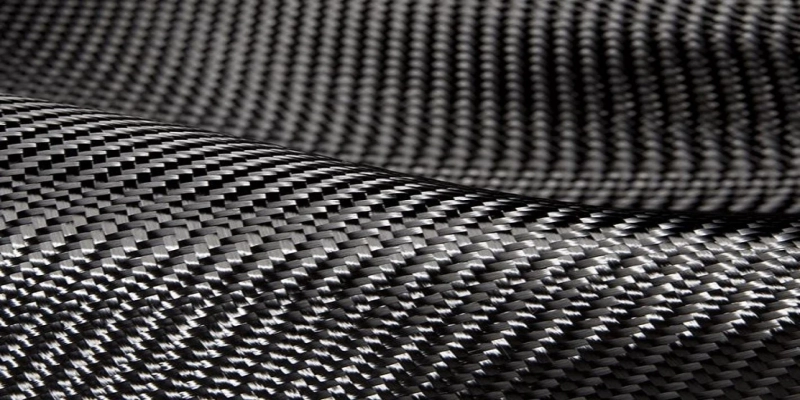Light, strong, and space-age - everywhere you look, carbon fiber is taking over. Carbon fiber composites are being made to produce everything from aeronautical equipment to automotive accents, custom knife scales, and everything in between.
Some visionary manufacturers are now even producing running shoes with carbon fiber composite plates.
If carbon fiber’s lightweight strength and advanced flexibility are bonuses in the aerospace and medical industries, they must offer some benefits to runners, too, right? Let’s break it down.
What Are the Benefits of Carbon Fiber Composites Plates in Running Shoes?
To understand why carbon fiber plates in shoes can be so beneficial, we need to understand the mechanical advantages that a shoe can offer to a runner.
The shoe is there to protect the foot against injury, cushion against impact, and store and unleash energy, helping the runner to extract as much potential as possible from their stride, losing as little energy in the process. The soles of some shoes also store energy, releasing it in a process known as the “rebound effect” which helps to reduce runner fatigue.
You already likely knew that carbon fiber was light, strong, and flexible, so just how are these advantages put to use in the construction of running shoes?
Well, manufacturers (such as Nike, Saucony, and Brooks) have created running shoes that have thin carbon fiber composite plates in the sole. They’re very light and thin - typically on the order of about a millimeter.
One of the greatest advantages that carbon fiber can offer is “energy return.” The carbon fiber plates in the soles of runner’s shoes compress the foam soles and enable them to spring back to shape faster and more efficiently. This helps runners not only on toe-off but through every stride.
These carbon fiber plates also stabilize the runner’s ankles. Rotational force is an inefficiency in running, where energy is lost through the ankles instead of directed efficiently downward through the arch of the foot and toes, against the ground.
The more rotational inefficiency, the harder the runner's calves have to work. On the same note, the carbon fiber plates help to keep the runner’s toes straight and in line, further minimizing energy loss.
In a word, the energy-storing capacity of carbon fiber plates, coupled with their stiffness, help to maximize the efficiency of a runner’s energy output, minimizing fatigue.
Evidently, and according to tests performed by the University of Colorado, runners equipped with shoes containing carbon fiber composite platers expended an average of about 4% less energy to maintain a given pace.
As you can imagine, the implications of such energy return savings are extraordinary.
Do They “Make You Run Faster?”
One thing: before you run to buy your first pair of shoes with carbon fiber plates in them, you need to know something important.
It’s not quite that carbon fiber-equipped shoes will make you faster. They are not, nor are they intended to be some sort of panacea for slow speed.
They do have the potential to help you manage fatigue. But don’t expect these sorts of shoes to “make you faster.” We’re not promising that!
Where Can You Get High-Quality Carbon Fiber Composite Materials?
For manufacturers interesting in the high performance, high stiffness, high strength, and light weight nature of the different types of carbon fiber composites, Protech Composites may be able to offer additional insights on these trends.
They are involved in the design and manufacturing of some of the highest quality carbon fiber materials in the industry, offering carbon fiber materials in a wide range of weave patterns and densities that are suitable for use in the automotive, marine, medical, and manufacturing industries as well as in the production of consumer goods.
Visit their website, ProtechComposites.com, or contact them directly for more information at 360-573-7800.
For more information about Carbon Fiber Supplier and Carbon Fiber Plates Please visit: Protech Composites Inc.
0


